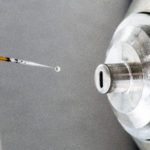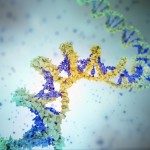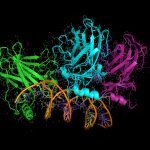Link to Pubmed [PMID] – 21328537
Proteomics 2011 Mar;11(6):1160-71
Urine is an easily accessible bodily fluid particularly suited for the routine clinical analysis of disease biomarkers. Actually, the urinary proteome is more diverse than anticipated a decade ago. Hence, significant analytical and practical issues of urine proteomics such as sample collection and preparation have emerged, in particular for large-scale studies. We have undertaken a systematic study to define standardized and integrated analytical protocols for a biomarker development pipeline, employing two LC-MS analytical platforms, namely accurate mass and time tags and selected reaction monitoring, for the discovery and verification phase, respectively. Urine samples collected from hospital patients were processed using four different protocols, which were evaluated and compared on both analytical platforms. Addition of internal standards at various stages of sample processing allowed the estimation of protein extraction yields and the absolute quantification of selected urinary proteins. Reproducibility of the entire process and dynamic range of quantification were also evaluated. Organic solvent precipitation followed by in-solution digestion provided the best performances and was thus selected as the standard method common to the discovery and verification phases. Finally, we applied this protocol for platforms’ cross-validation and obtained excellent consistency between urinary protein concentration estimates by both analytical methods performed in parallel in two laboratories.



